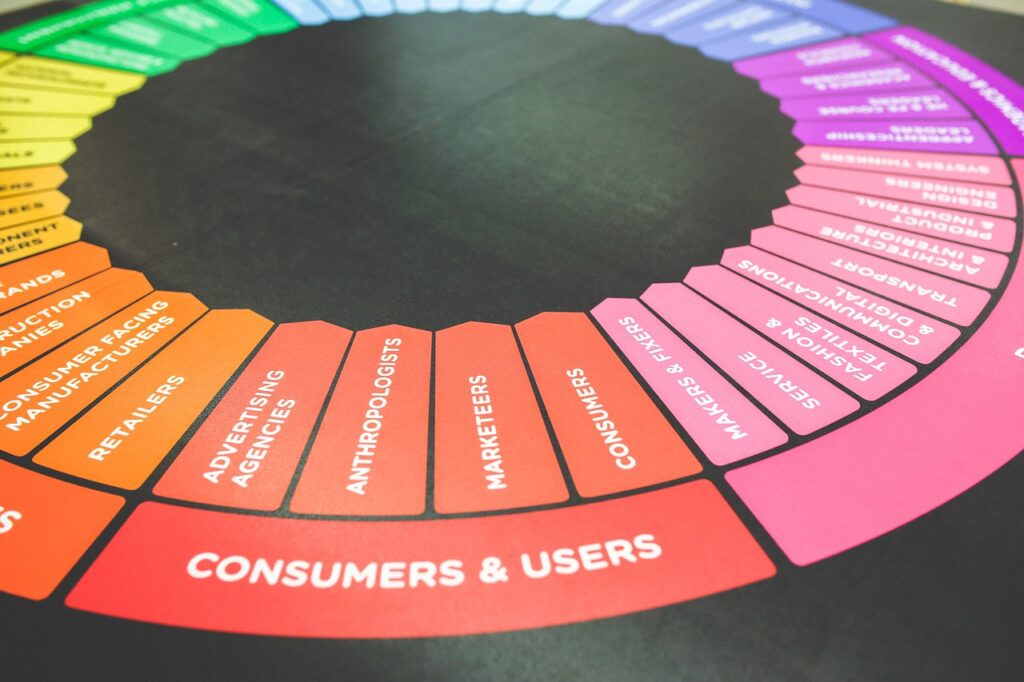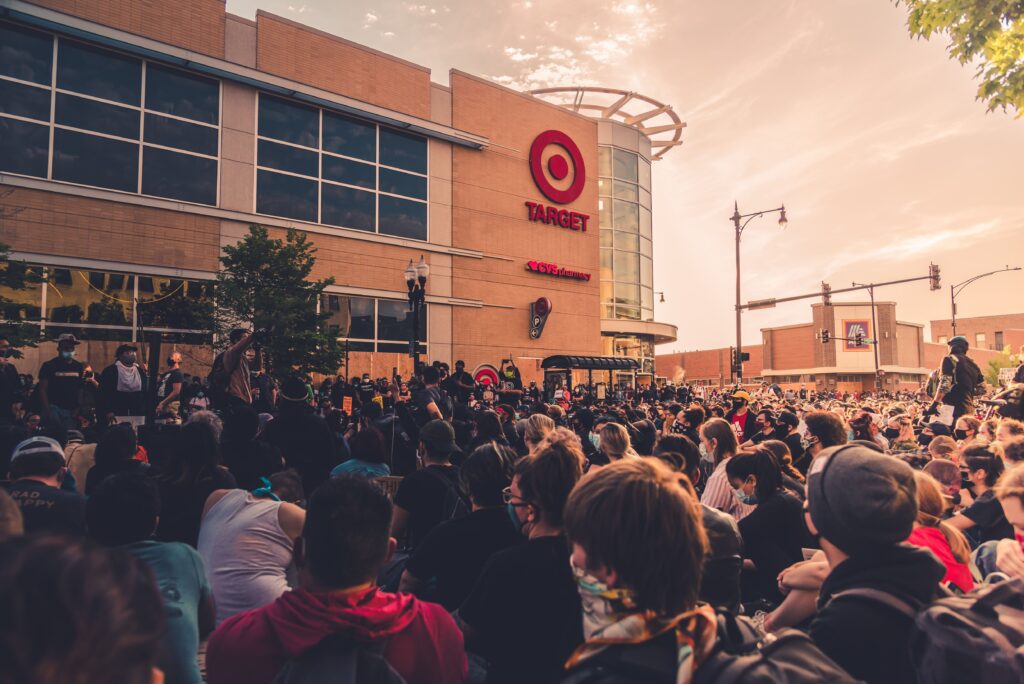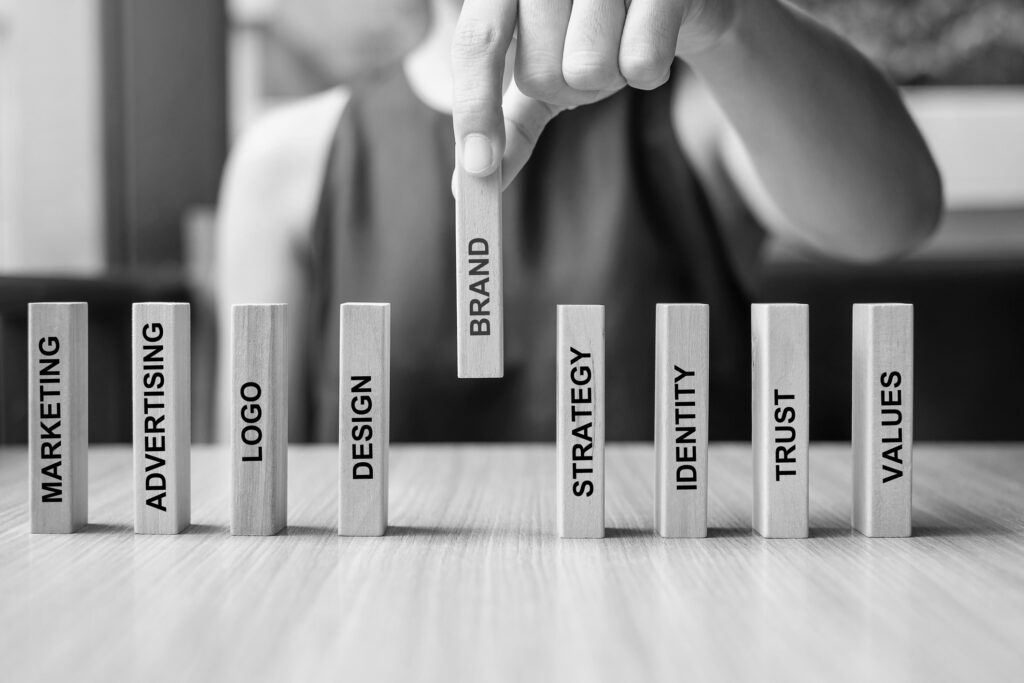Remember those beautiful evenings gathered around a fireplace or tucked beneath a cozy blanket eagerly awaiting for an intriguing story? A story that didn’t just unfold before you but wove its way into your very soul? You remember right?
These stories weren’t mere tales; they were captivating, emotive journeys that shaped most of our lives and forever etched in our memories.
Much like those cherished narratives, brand storytelling possesses a similar impact. But here’s the twist: these narratives aren’t just about words alone; they unfold through captivating designs that speak volumes, igniting feelings that resonate deep within us.
In our digital age, where brands seek to connect, to influence, and carve a lasting niche in our hearts, the fusion of storytelling and design emerges as a light that guides these emotional connections.
Brand storytelling isn’t confined to written tales; it’s an immersive experience crafted through every visual element, from the logo to the website layout.
It’s the art of weaving a narrative that resonates deeply with the audience’s emotions, aspirations, and values.
Importance of emotional connection in branding.
In the digital era inundated with choices, emotional connections dictate consumer preferences. Design elements play a pivotal role in triggering emotions, guiding perceptions, and fostering brand loyalty.
A well-crafted design narrative can evoke joy, trust, nostalgia, or even a sense of belonging, captivating audiences and leaving an enduring impact.
From colors that evoke specific feelings to typography that conveys personality, every visual choice in design holds the potential to evoke emotions.
The art of brand storytelling through design.
Brand storytelling transcends traditional narratives. It’s the seamless integration of a brand’s values, ethos, and purpose into every design element.
From a logo that encapsulates a brand’s essence to a website that unfolds a compelling visual narrative, design serves as the storyteller, conveying messages beyond words.
Design elements possess a unique ability to evoke emotions, steering consumer perceptions and forging memorable connections.

Colors evoke emotions and associations. For instance, red symbolizes passion and urgency, while blue conveys trust and calmness. Harnessing color psychology amplifies the emotional impact of design.
On the other hand, type choices convey emotions and personality traits. Serif fonts evoke tradition and reliability, while modern sans-serifs convey simplicity and innovation.
Images on the other side creates narratives that resonate. Use of authentic, relatable imagery can evoke emotions, fostering a deeper connection with the audience.
Each element is like a brushstroke in the canvas of brand storytelling, igniting emotions that resonate with audiences on a profound level.

For instance, Coca-Cola’s design doesn’t just sell a beverage; it sells happiness, togetherness, and nostalgia. The iconic red hue, combined with the classic font, crafts an emotional narrative that transcends generations.
From the heart-warming holiday campaigns to the timeless contour bottle design, Coca-Cola’s design evokes emotions of joy and shared moments.
Another typical example is Airbnb. Airbnb’s design goes beyond functional aesthetics; it creates a sense of belonging.
Every design choice, from the welcoming website interface to the diverse user-generated imagery fosters trust and a feeling of being part of a global community.
The emotional connection established through design aligns perfectly with Airbnb’s brand storytelling of inclusivity and hospitality.
Strategies for crafting emotionally resonant design stories.
Crafting an emotionally resonant design starts with understanding the brand’s narrative, its aspirations and values. This understanding forms the cornerstone for crafting design narratives that align with the brand’s ethos.
Here are some techniques that will help you get started:
1. Aligning Design with Brand Storytelling: ensure that every design choice reflects the brand’s narrative. Whether it’s the color palette, typography, or imagery, all elements should harmoniously convey the intended emotions and messages.
Patagonia‘s brand story revolves around environmental activism and outdoor adventure.
Their design choices, such as earthy tones, nature-inspired imagery, and rugged typography, consistently align with their brand narrative of sustainability and exploration.
2. Translating Emotions into Design Elements: leverage color psychology, typography nuances, and imagery selection to evoke targeted emotions.
Design elements should work together seamlessly, telling a unified story. Consistency across various touchpoints reinforces emotional connections and strengthens brand recall.

Target employs the use of red as its primary color, evoking feelings of excitement and energy. This choice resonates with their brand ethos of providing a vibrant, fun shopping experience.
Their consistent use of clean, bold typography and playful imagery further reinforces this emotional connection.
3. Testing and Refining Emotional Design: seek feedback from the target audience to gauge emotional responses to the design. Iterate based on insights to fine-tune and amplify emotional impact.
Embrace an iterative approach to design, allowing for continuous refinement based on emotional resonance and audience reception. This approach ensures that the design aligns more closely with the intended emotional narrative.
Spotify for example, continuously refines its design elements based on user feedback. The platform’s interface employs a blend of greens and blacks, offering a calming and immersive experience for music lovers.
These updates in typography and layout ensure a design that resonates with users’ emotions, enhancing their listening journey.
By implementing these strategies, brands can craft design narratives that authentically resonate with their audience’s emotions, leaving a lasting impression.
In conclusion, evoking emotions through design isn’t just about selling products or services. It’s about forging connections, fostering relationships, and leaving a lasting impact.
So, the next time you encounter a brand’s design elements, pause for a moment, dive deeper into the story they tell and feel the emotions they evoke.
For within those designs lie tales waiting to be heard—a tapestry of emotions inviting you to be part of something bigger, something beautiful.
Ours is to keep embracing these stories woven in design and cherishing the emotions they bring forth and the connections they cultivate in our memories.
And this wraps our discussion for today. If you have anything else to add, feel free to do so in the comments section below. PEACE!



